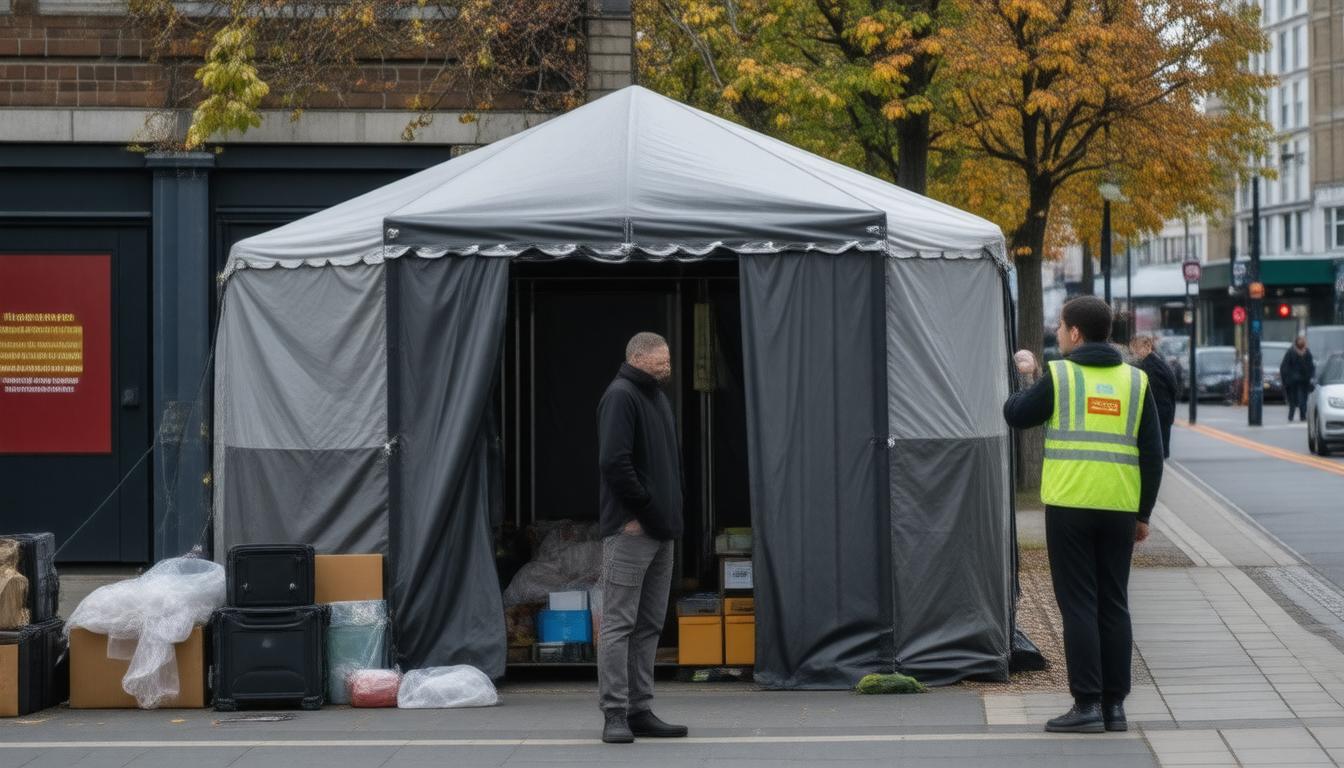Emergencies can strike unexpectedly, leaving individuals and families with the urgent need for safe and secure accommodation. Understanding the landscape of emergency accommodation is crucial in these times of crisis. This guide will help you navigate various types of emergency accommodation, outline practical steps to find shelter quickly, and provide insights into safety measures and financial assistance options available. Additionally, we will explore long-term solutions that can lead you to stability after facing an emergency. Equipped with this knowledge, you’ll be better prepared should you face the need for emergency accommodation.
Key Takeaways
- Emergency accommodation is crucial for those facing immediate crises.
- There are various types of emergency accommodation, including shelters, transitional housing, and hotels.
- Finding emergency accommodation quickly involves knowing where to look and utilizing local resources.
- Safety tips in emergency accommodation include being aware of your surroundings and having an exit strategy.
- Financial assistance options exist to help cover costs and facilitate transitions to long-term solutions.
Understanding Emergency Accommodation
Emergency accommodation refers to temporary housing arrangements provided to individuals or families in crisis situations, such as homelessness, domestic violence, or natural disasters. This type of accommodation is essential in offering immediate relief and stability while more permanent housing solutions are sought. Facilities offering emergency accommodation can range from shelters, hostels, or even designated spaces in hotels, catering to the urgent needs of those affected. Often coordinated by local government bodies or non-profit organisations, these services aim to ensure safety, access to essential needs, and support for transitioning into stable living conditions. Furthermore, understanding the nuances surrounding emergency accommodation is crucial for stakeholders involved in policy-making, social work, and humanitarian efforts, as it highlights the importance of accessibility and supportive services in aiding vulnerable populations (Crisis, 2021; Homeless Link, 2020). Therefore, enhancing the quality and availability of emergency accommodation not only addresses immediate housing crises but also contributes to broader social stability and cohesion.
Types of Emergency Accommodation Available
Emergency accommodation is a crucial service for individuals and families facing sudden housing crises. There are several types of emergency accommodation available to meet diverse needs. Firstly, shelters or hostels offer immediate, temporary housing solutions, often providing basic amenities and support services like food, counselling, and access to healthcare (Crisis, 2021). Secondly, some organisations provide crisis houses or wet houses specifically designed for individuals struggling with substance abuse, allowing for a more tailored approach to recovery (Homeless Link, 2020). Thirdly, there are also local authorities that offer emergency housing solutions, which can include private rental schemes or temporary placements in local hotels (Shelter, 2021). Additionally, friends or family can sometimes provide emergency accommodation, offering a stop-gap solution for those in urgent need. Each type of accommodation serves a vital role in protecting vulnerable populations from the risks associated with homelessness and providing a pathway towards long-term stability. Understanding the different types of emergency accommodation available can assist individuals in navigating their options effectively.
‘In times of crisis, the best thing you can do is to retreat to a safe space and reflect on your next steps.’ – Unknown
How to Find Emergency Accommodation Quickly
Finding emergency accommodation quickly can be a daunting task, especially in urgent situations such as natural disasters, family disputes, or sudden homelessness. To expedite the process, it is crucial to take immediate steps: first, assess local resources by contacting housing charities or local authority services, which often have dedicated crisis support teams to assist individuals in need (Shelter, 2021). Next, leverage technology by using websites and apps that list available emergency accommodation options, which can be filtered according to your specific needs (Homeless Link, 2023). Additionally, networking can prove invaluable; engage with community groups on social media or through local forums to tap into shared experiences and recommendations. Finally, don’t hesitate to reach out for support from friends or relatives who may be able to provide temporary shelter while you explore longer-term solutions.
Tips for Staying Safe in Emergency Accommodation
Emergency accommodation provides critical support for individuals in precarious situations, such as those facing homelessness or domestic violence. To ensure safety while residing in these facilities, follow these essential tips:
1. Familiarise Yourself with Emergency Procedures: Upon arrival, take time to understand the layout of the accommodation and emergency exits. Knowing the procedure in case of a fire or other emergency can be life-saving (Homeless Link, 2023). 2. Maintain Communication: Keep in touch with family or friends to ensure someone outside the facility is aware of your situation. This can provide an additional layer of support (Shelter, 2022). 3. Personal Security: Keep your belongings secure and avoid sharing personal information with unfamiliar individuals. Lock your room if possible, and do not let strangers into your living space (Crisis, 2022). 4. Be Aware of Your Surroundings: Pay attention to those around you and trust your instincts. If a situation feels unsafe, find staff or security personnel (St Mungo’s, 2023). 5. Participate in Support Programmes: Engage in any available support programmes. This not only provides emotional support but can also equip you with tools to transition out of emergency accommodation effectively (The Homelessness Charity, 2023). Following these guidelines can help ensure your safety and well-being while utilising emergency accommodation.
Financial Assistance for Emergency Accommodation
In times of crisis, securing emergency accommodation can be a daunting challenge, particularly for those experiencing homelessness or facing imminent eviction. Various forms of financial assistance are available to support individuals and families in obtaining safe and stable housing swiftly. Government initiatives often provide funding to cover deposits, rent in advance, and even temporary lodging for those in urgent need. For example, local councils across the UK offer Discretionary Housing Payments (DHP) to help residents who are struggling to afford their rent, while charities and non-profit organisations frequently assist with access to emergency accommodation resources (Shelter, 2022). Furthermore, seeking guidance from housing advice services can empower individuals to navigate the application processes for financial aid effectively and thus secure the necessary accommodation (Crisis, 2023). It is crucial for those in need to act quickly and access available support systems to ensure they find safe emergency accommodation during difficult times.






